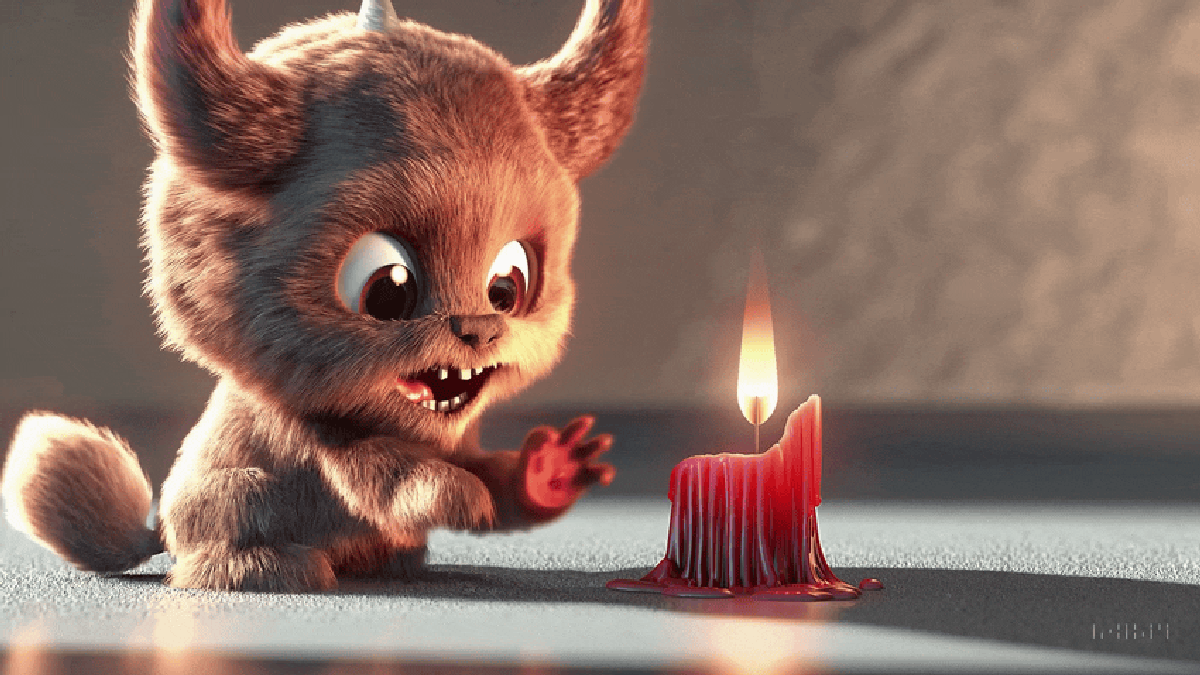AI-generated video has received a lot of hype lately as a tool that’s supposedly going to revolutionize Hollywood. But Craig Good, a former animator at Pixar who worked on classics like Toy Story and Finding Nemo, isn’t convinced. Good thinks there’s one big problem with AI video software that will immediately frustrate anyone working on a movie: It’s impossible, at this point, to make small changes using nothing but AI.
Artificial intelligence tools allow users to create images and videos with nothing more than some text prompts. And that’s very impressive when you want to create something from “nothing” as it were. But none of these tools allow you to make the kind of iterative changes that are necessary when making a movie.
Good made the point in a video recorded by one of his students at California College of the Arts, where he’s currently an assistant professor, as the two discussed videos that have been posted publicly of OpenAI’s Sora.
“If I’m trying to use this in a production context, my first question is going to be, how do I revise this? Like if I say, I hate whatever’s going on with the background, can we do exactly this again, but with a locked-off background or a different one?” Good says in the video.
Sora hasn’t been released publicly yet, meaning we’ve only seen examples from artists who have gained early access to the tool. And frankly, we don’t know much at this point about the options Sora may provide artists. But there’s no indication at this point that smaller changes are possible and Good seems to have a very valid point.
One of the Sora videos that Good and his student watched is an animation of a cute fuzzy monster who appears to be enamored with a candle. Good had some praise for the video, but pointed out the framing was a little tight and the “flame is not really doing anything there.” What would it take to get the exact same scene but with the camera pulled back and more flicker from the candle? That seems to be the biggest hurdle right now.
“Making a movie is all about iterating. It’s iteration. And if you can’t iterate on one of these, I don’t know how you would possibly use it in production,” Good says.
“I mean, I spent decades at Pixar making tiny tweaks to shots. The director is going to give some fairly specific notes that the animator, the artist is going to have to interpret and then show that revised work the next day and then get further notes on it. I don’t know how you would use it in production if you can’t iterate in a controlled way,” he continued.
Good isn’t the only one who thinks like this. A tweet went viral last week that purports to highlight the exact same problem. And while we can’t confirm the veracity of the story, it all sounds very plausible.
Essentially, the post claims to be from an art director at a major studio. They say studio heads brought on AI guys to work on a film, and it didn’t work out. The director says the AI videos that were produced weren’t actually bad, but anytime they asked for changes, like a new camera perspective or a different color somewhere in the scene, they couldn’t do it. In fact, they get angry about being asked to change things because that’s not how it works.
“The one that can actually use Photoshop hasn’t developed the eye to see his mistakes, ends up getting angry at me for not understanding he can’t make specific changes,” the viral post reads. “The girl whose background was a little photography has given me 40 progressively worse images with wilder mistakes every time. This is 4 days into the project.”
Again, it’s impossible to verify the claims made in this anonymous post. But they’re completely consistent with what we know about these AI tools. And while Good seems to think this kind of tool would be great for user-generated TikTok videos, it’s not ready for a serious movie production.
However, Good is quick to note in the video that things could change. These tools could become much better in the future, and he even compared generative AI tools like Sora to the first computer animation demonstrations of the early 1980s at SIGGRAPH, the computer graphics conference.
“This reminds me of the early days at SIGGRAPH where we would see, you know, a movie with, you know, a walking mechanical ant,” Good said. “And we all went nuts over it. Because, wow, we’re seeing a walking mechanical ant, right? A big robot ant, you know, in 1984.”
And Good has a point. Nobody knows what the future holds. But these tools aren’t going to be really useful until directors can make the tiny tweaks that truly give their stories life.







